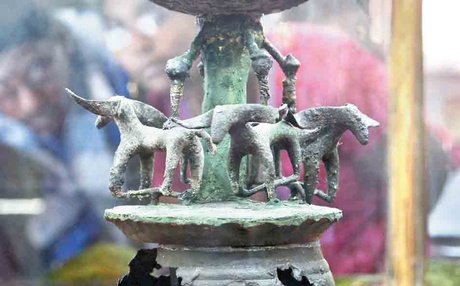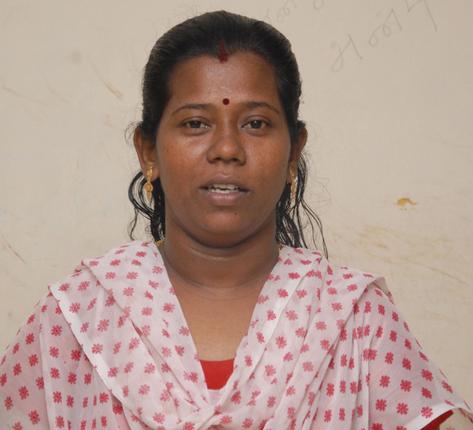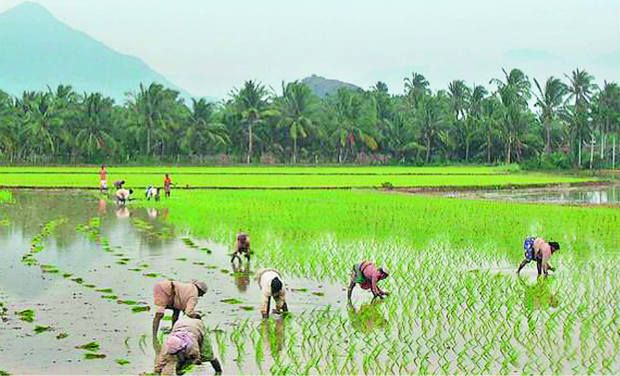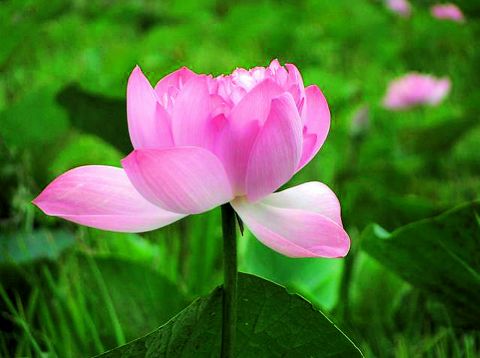
A bronze vase stand that shows the master craftsmanship of the Tamil people, who lived in Adhichanallur in Thoothukudi decades ago, has been displayed at the Government Museum. The exhibition will be on for a fortnight till October 10 at the anthropology section.
Officials said the vase, which was excavated from Adhichanallur, belonged to the megalithic period. Decorated with four rams with twisted long horns, the heavy vase stand has rods that are bent towards a ring, which holds a plate. Archeologists believe that it was used as a stand for large jars and bowls.
Adhichanallur has been an archeological site in Thoothukudi district for very important archeological finds. The megalithic site was first noticed in 1876, when it was visited by Jagor of Berlin, Germany who secured a considerable number of megalithic antiquities for the Berlin Museum at Volkerkunde.
Explorations were further done in the winter of 1903-03 by M Louis Lapique of Paris, which resulted in additional collections and following an examination Lapique concluded that the remains belonged to a proto-Dravidian race.
A large number of objects that belong to the present collection were obtained during a detailed investigation conducted at intervals by Alexander Rea from 1899 to 1905.
Funeral urns were excavated from the solid rock soil of the burial sites that covered an area of about 114 acres.
The most interesting finds of the megalithic Adhichanallur are those objects made from metals- iron and bronze.
These objects show that considerable amount of skill had been used in making them. Iron items include weapons — equestrian swords, mid-rid swords, daggers, spearheads and arrowheads, tools like axes and fruit hooks as well as appliances like saucer lamps, lamp hangers, spindles, chisels and fire pistons.
source: http://www.newindianexpress.com / The New Indian Express / Home> Cities> Chennai / by Express News Service – Chennai / September 25th, 2013




